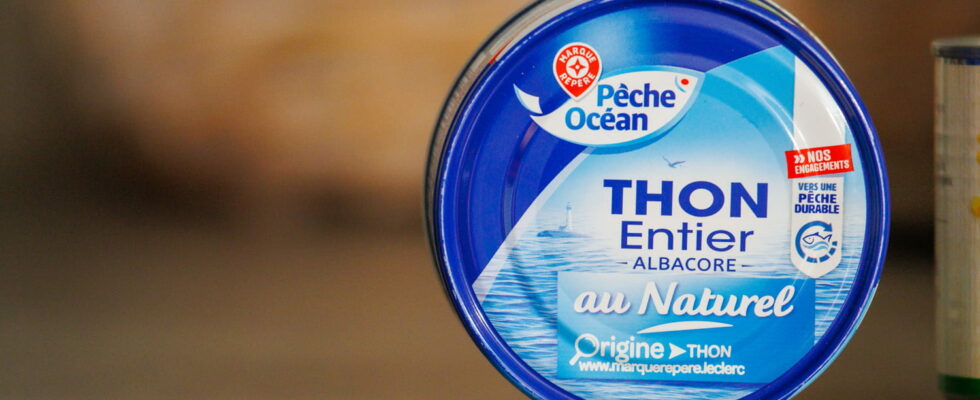A clarification is necessary following the announcement of cans of tuna contaminated with mercury.
In a report published Tuesday, October 29, two government organizations – Bloom and Foodwatch – warned of the contamination of cans of tuna with mercury in Europe. Of 148 cans of tuna randomly analyzed and marketed in France, Germany, England, Spain or Italy, all were contaminated with mercury and in certain cans, the mercury level was 4 times higher than the accepted European standard (1.0 mg/kg). ).
Considered an endocrine disruptor and “one of the 10 substances of greatest concern in the world, like asbestos or arsenic”, mercury (which metamorphoses into methylmercury once in water, its most toxic form) is a heavy metal which pollutes tuna when it is dispersed in the oceans. “Even at low doses, regular ingestion of methylmercury can have devastating effects on long-term health. (memory disorders, kidney, eye, neurological disorders, promotes certain cancers such as leukemia, etc.)”, recalls the NGO. If this health scandal has been known for decades, it is all the more worrying because “tuna is the best-selling fish in Europe“. In France, we consume on average nearly 5 kg per person per year.
NGOs do not recommend completely stopping the consumption of tuna, but invite it to be greatly reduced and to favor fresh (or jarred) tuna, local and fished using gentle methods. For his part, the Coves recommends eating fish twice a week by combining an oily fish rich in omega-3 (salmon, sardine, mackerel, herring) and another fish (hake, hake, cod, sole, etc.). For example, a portion of tuna (alternate fresh tuna and canned tuna, canned tuna contains more mercury than fresh tuna) and a portion of hake during the week, then a portion of sardine and a portion of cod during the week. following. One serving is equivalent to 100-150 grams or one can.
For researchers, we should consume much less. “We consider that the tolerable dose is 1.3 mg of methylmercury per week. But we demonstrated in our study that no consumer weighing less than 79 kg can consume a can of tuna per week without exceeding the health safety dose for methylmercury” explained Julie Guterman, researcher and author of the study Bloom has TF1 Info. According to dietician-nutritionist Alexandra Rétion interviewed in the 8 p.m. newspaper, we should limit ourselves to “a consumption (tuna, editor’s note) once every 3 weeks or a month.
Pregnant or breastfeeding women as well as children under 3 years old (whose brain is developing) must limit the consumption of wild predatory fish such as tuna, skate, sea bream, sea bass, monkfish, etc. . And avoid consuming the most contaminated “large predatory” fish (sharks, lampreys, swordfish, marlins, sikis). The Bloom association calls on Europe to ban all products containing tuna in school canteens, nurseries, maternity wards, hospitals and retirement homes, but also to stop marketing products containing tuna and which exceed 0.3 mg/kg of mercury (the current standard for cod and anchovy for example).
